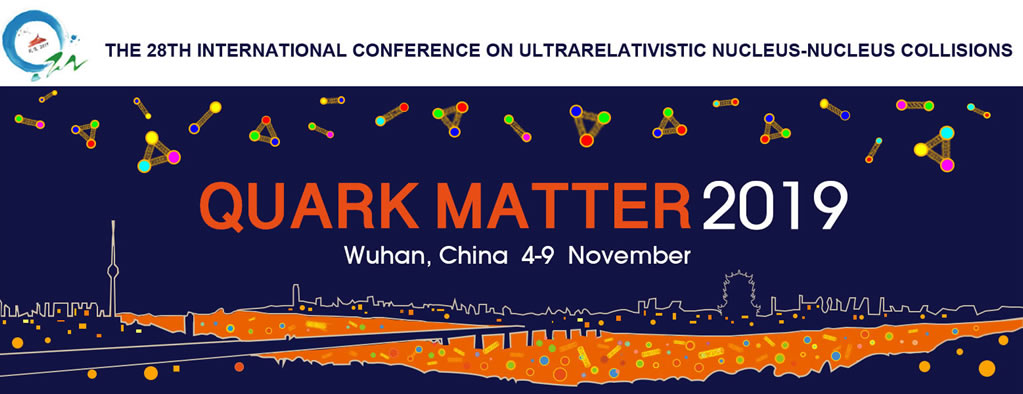Speaker
Description
Heavy quarks are produced at the first instant of a nucleus-nucleus collision and therefore
are an important tool to study the subsequent high energy-density medium formed in
relativistic heavy-ion collisions. Over the last few decades major efforts have been
undertaken in order to understand the properties of the Quark-Gluon Plasma (QGP) using
quarkonia. The extent of medium modification for heavy-quark production in heavy-ion
collisions is measured in terms of a nuclear modification factor $R_{\rm AA}$, defined as
the quarkonium yield in heavy-ion collisions with respect to the pp cross sections scaled
by the nuclear overlap function. A possible path-length dependent quarkonium dissociation
probability as well as a contribution of (re)combined quarkonia from flowing heavy quarks
would lead to an azimuthal anisotropy of quarkonium production relative to the reaction plane.
Recent ALICE J/$\psi$ $R_{\rm AA}$ results for Pb-Pb collisions at
$\sqrt{s_{\rm NN}}$ = 5.02 TeV will be presented for mid and forward rapidity.
The individual contribution of prompt and non-prompt J/$\psi$ production will be
discussed for the $R_{\rm AA}$ measurement at mid-rapidity. At forward rapidity,
the centrality, $p_{\rm T}$ and rapidity dependence of J/$\psi$ and $\psi({\rm 2S})$
$R_{\rm AA}$ will be discussed. The $\Upsilon$ $R_{\rm AA}$ will also be shown.
The ${\rm J}/\psi$ elliptic and triangular flow, as well as event-shape-engineering
studies and the first measurement of the $\Upsilon$ elliptic flow will be reported.
The ALICE results will be compared with those by other LHC experiments and the current
theoretical interpretation of the results will be also discussed.
